Is glitter toxic? That shiny dust might make crafts sparkle, but there’s more to glitter than meets the eye.
Most glitter is made from tiny pieces of plastic, and sometimes it can have chemicals that are bad for you and the planet. Some glitter can even scratch your eyes or get into your lungs if you breathe it in!
You might be surprised to learn those tiny specks can also carry heavy metals and other harmful stuff.
Curious about what happens when glitter touches your skin or spreads everywhere? Read on to find out what you should know before using glitter!
What Is Glitter Made Of And Can It Be Toxic?
Glitter can look harmless, but it's made from materials that may not be safe for the planet or people.
These ingredients affect how glitter acts in the environment and how it might impact your health.
Types Of Glitter And Common Ingredients
Glitter comes in many types. Most of the shiny craft glitter you see is made of tiny bits of plastic, such as PET (polyethylene terephthalate) or PVC (polyvinyl chloride).
Manufacturers often coat these pieces with a thin layer of aluminum to make the glitter sparkle. Some glitters might use glass beads, especially in older products or specialty items like road paint or art, but this is less common for regular crafts or decorations.
Below is a simple table showing the main types and their ingredients:
|
Glitter Type |
Main Material |
Additives |
|
Plastic Glitter |
PET, PVC |
Aluminum, colors |
|
Glass Glitter |
Glass beads |
None or colored coatings |
Many craft glitters, especially the cheapest kinds, also contain synthetic dyes or sometimes even small amounts of heavy metals to create bold, shiny colors.
Is Glitter Toxic If Touched, Inhaled, Or Swallowed?
Touching glitter with your skin is not usually dangerous for most people, but it can cause mild irritation for some, especially if you have sensitive skin or allergies.
If glitter gets in your eyes, it can be painful and may scratch your eye, so you should not rub it in.
Breathing in glitter is not safe. The tiny pieces can irritate your lungs if inhaled, especially if you are young or have breathing problems like asthma. This risk is higher when using extra-fine glitter or if you are working with loose powder in large amounts.
Swallowing glitter, even by accident, can be a problem. Most plastic-based glitters are not meant to be eaten.
Some contain traces of heavy metals or chemicals used in production, which could be unsafe. If a small amount is swallowed, it usually passes through your body, but larger amounts or repeated exposure are not good for your health.
Note: Edible glitter is made from safe ingredients like sugar or starch, but regular craft glitter is not safe to eat. Always check the label before using glitter on food.
Is Glitter Bad For The Environment?

When you use glitter, tiny plastic pieces can end up in places they shouldn't be. These shiny bits can hurt both the environment and living things in it.
Microplastics
Glitter is actually a type of microplastic. Microplastics are very small plastic particles, often smaller than a grain of rice.
Glitter slips through water filters and goes into rivers and oceans. Fish, insects, and other animals can eat glitter by accident. This means plastic might end up in the food you eat, too. Microplastics are hard to clean up once they spread.
Pollution
Plastic pollution grows each time you use and wash products with glitter. Glitter doesn't break down easily.
It sits in soil and water for a long time—sometimes hundreds of years. When glitter ends up in soil, it can hurt soil organisms, making it harder for plants to grow properly. These sparkly bits also add to other environmental issues, like polluting the food chain.
Eco-Friendly Glitter Options
You don’t have to give up sparkle altogether. Some companies now make biodegradable glitter using things like recycled paper, cellulose from plants, or mica.
These break down more easily and are much safer for the soil, water, and living creatures. If you want to protect the environment, look for glitters labeled biodegradable or made from natural sources.
How To Use Glitter Safely

When using glitter in crafts or arts and crafts, being careful helps keep you and your space clean. Glitter can get everywhere, so pick a spot that is easy to clean—like a table covered with paper or plastic.
Wear gloves when you can, especially if you have sensitive skin. Some resins and plastics in glitter may cause skin irritation.
If glitter gets on your skin, wash it off with soap and water. Do not breathe in glitter dust. Work in a room with good airflow, and avoid shaking the glitter container near your face. Wearing a face mask is a good idea if you are using a lot of loose glitter.
Tip: Use a small spoon or shaker to control how much glitter you use. This can help prevent spills and stop glitter from spreading too much.
|
Situation |
Safe Action |
|
Kids' crafts |
Supervise, use large glitter |
|
Pets nearby |
Keep glitter out of reach |
|
Cleaning up |
Use tape or a damp cloth |
Choose “biodegradable” or “eco-friendly” glitter when possible. These types usually break down faster and are safer for the environment.
Never use craft glitter on food. If you want to decorate food, only use edible glitter marked as safe for eating.
Always read the label first. Throw away leftover glitter in the trash instead of rinsing it down the sink. This helps keep waterways clean and reduces microplastic pollution.
Final Thoughts
So, is glitter toxic? The answer is: it can be. While a little glitter might seem harmless, some types can hurt your body and the environment. Always check what your glitter is made from and use it carefully, especially around kids and pets.
If you love using glitter, try looking for eco-friendly or biodegradable options. Being safe and smart with your craft supplies helps protect you and the planet. Now that you know the facts, you can still enjoy the sparkle—just make safer choices!
Are you also using glitter in crafts? Discover how to make it float perfectly in our article: Tips for Keeping Glitter Afloat in Your Epoxy Resin Projects!
Frequently Asked Questions
Can swallowing glitter be harmful to health?
If you or your child swallows a small bit of regular plastic glitter, it often passes through the digestive system without causing issues.
But if a large amount is swallowed, it might cause stomach pain or other problems.
Some glitter contains materials or chemicals that could be dangerous, such as heavy metals. You should always check labels and try to avoid letting anyone swallow it.
Is glitter harmful to the human body?
If glitter gets into your eyes or open wounds, it can cause irritation or infection. Glitter that is breathed in can bother your nose or throat.
Some people can get skin irritation or allergies from glitter, even if it is marked as "non-toxic." Always test a tiny patch first if using it on your skin.
Is glitter toxic for kids?
Kids are more likely to put things in their mouths, including glitter. While many brands call their glitter "non-toxic," that does not mean it is safe to eat.
Sharp edges might hurt their mouth or throat. Eating a lot of glitter or certain types with harmful chemicals could make a child sick. It's safest to keep glitter away from babies and toddlers.
Could my dog be at risk if it ingests glitter?
If your dog eats a little bit of glitter, it might pass through without harm. Eating a lot, or glitter with sharp or toxic ingredients, can hurt your pet.
Glitter can upset your dog's stomach or even block the intestines. Watch your pet if you think it ate glitter. Call your vet if you notice vomiting or stomach pain.


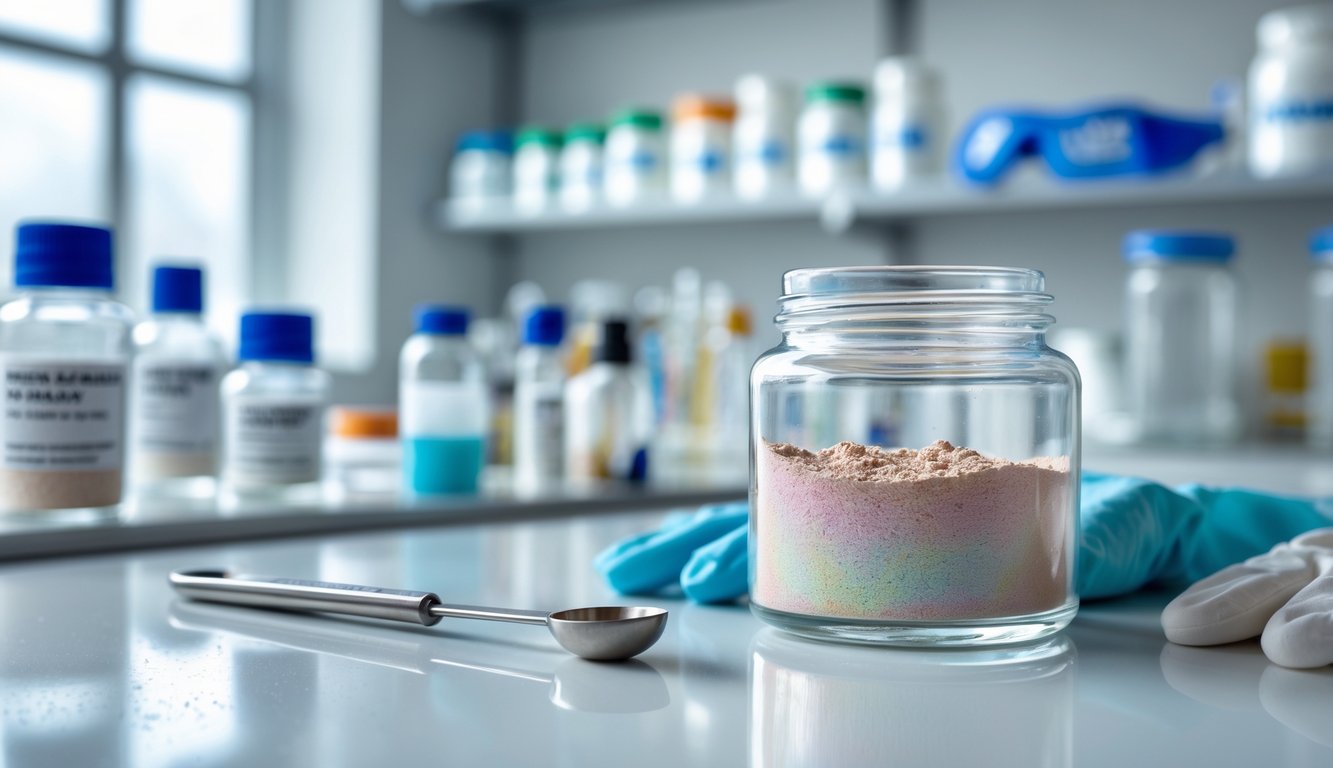

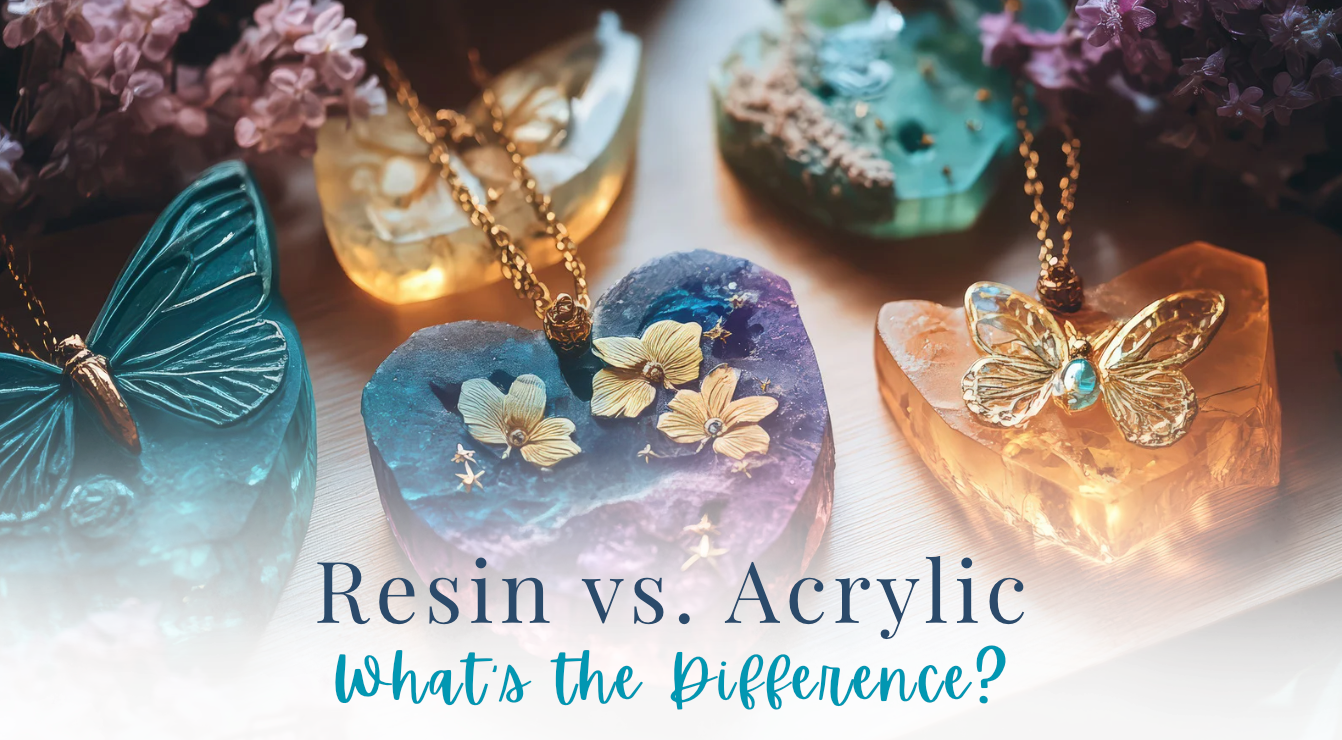
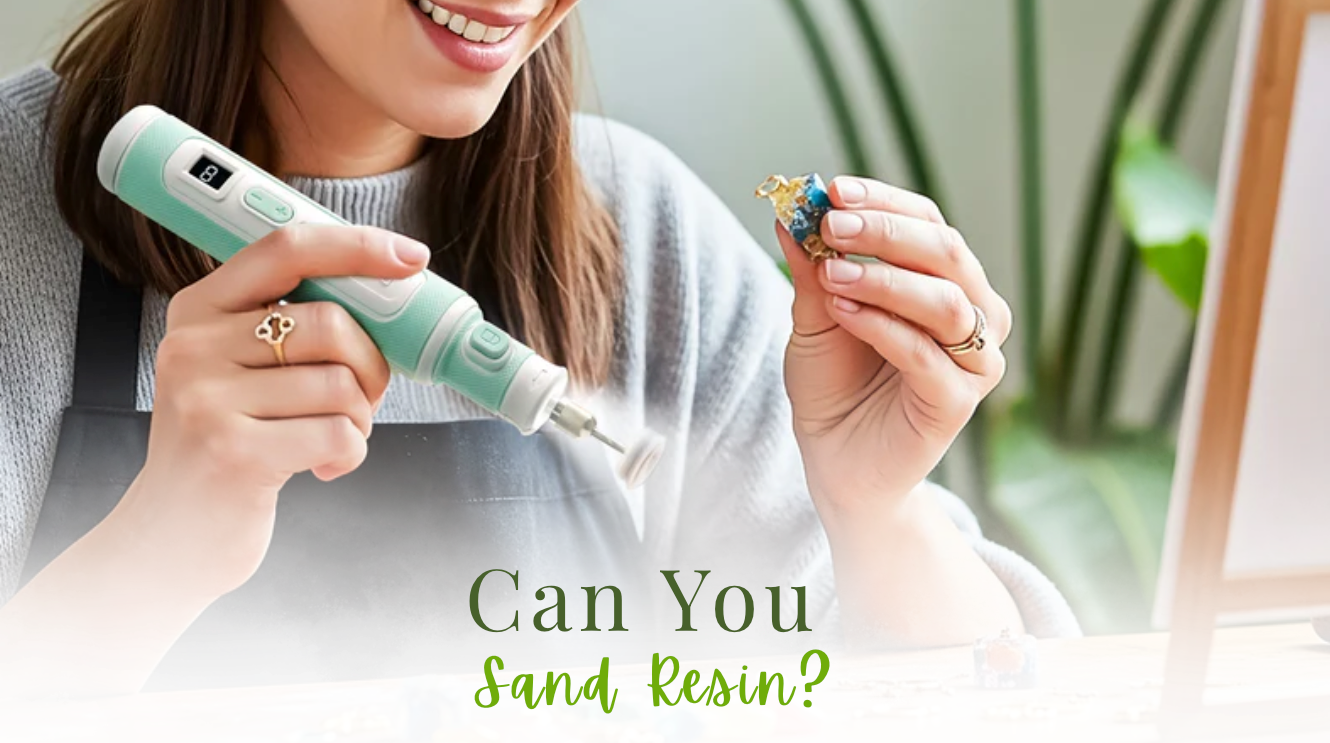
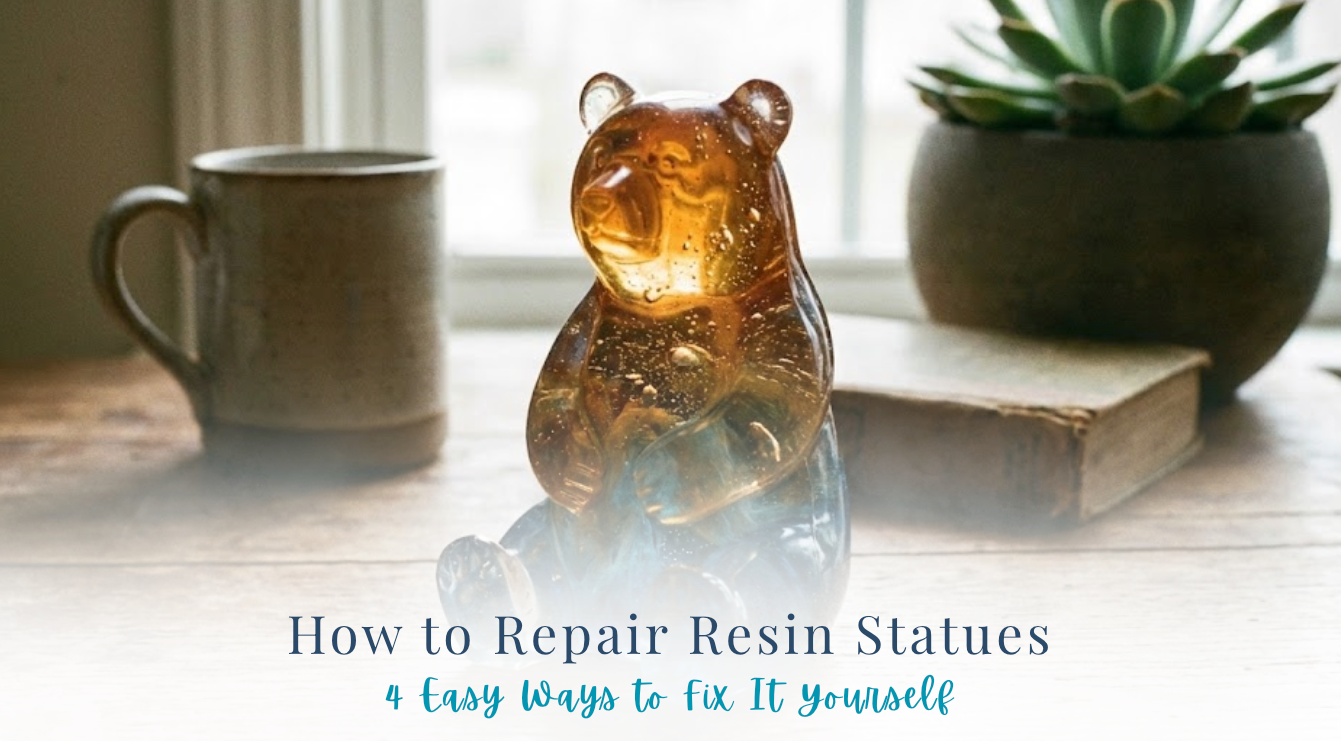

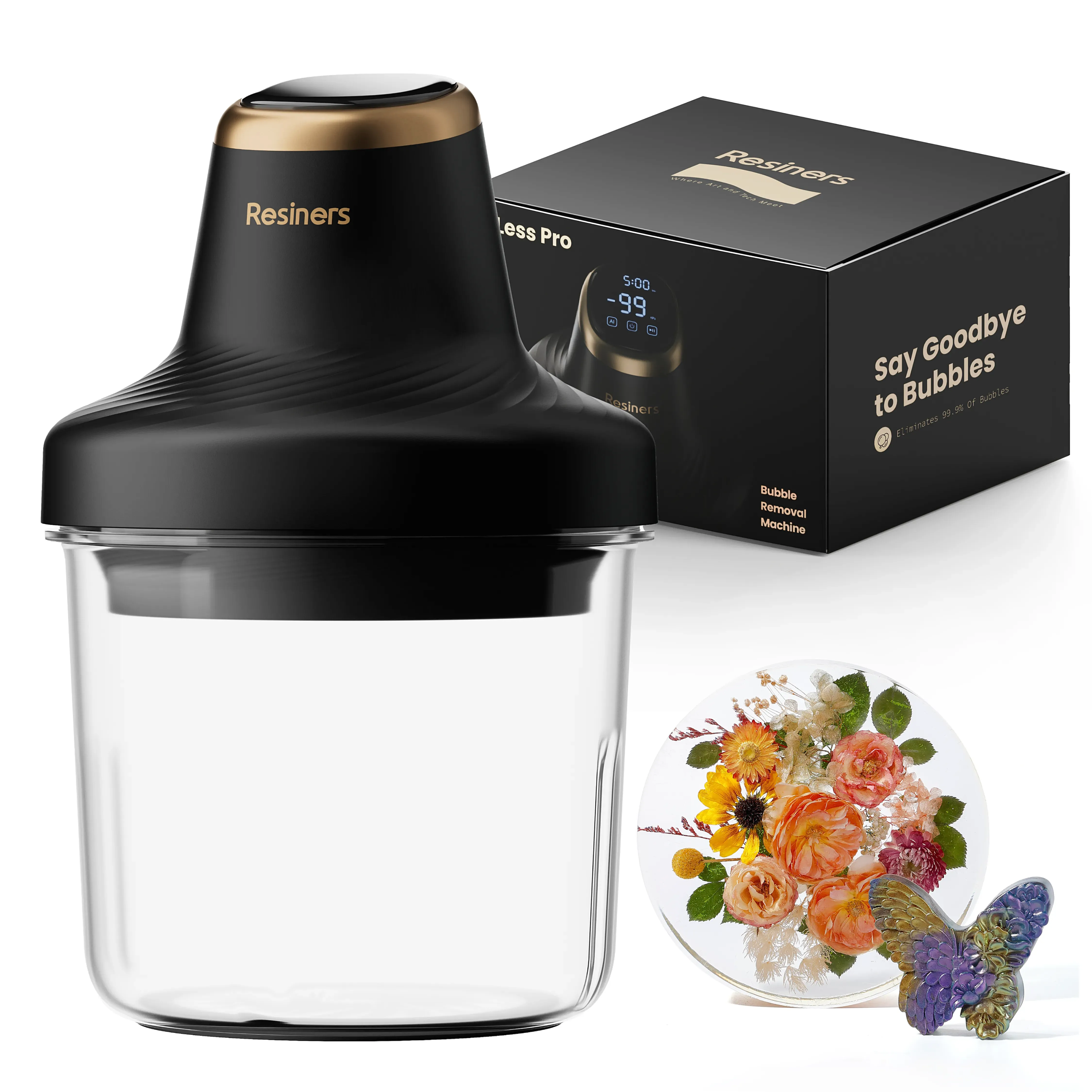
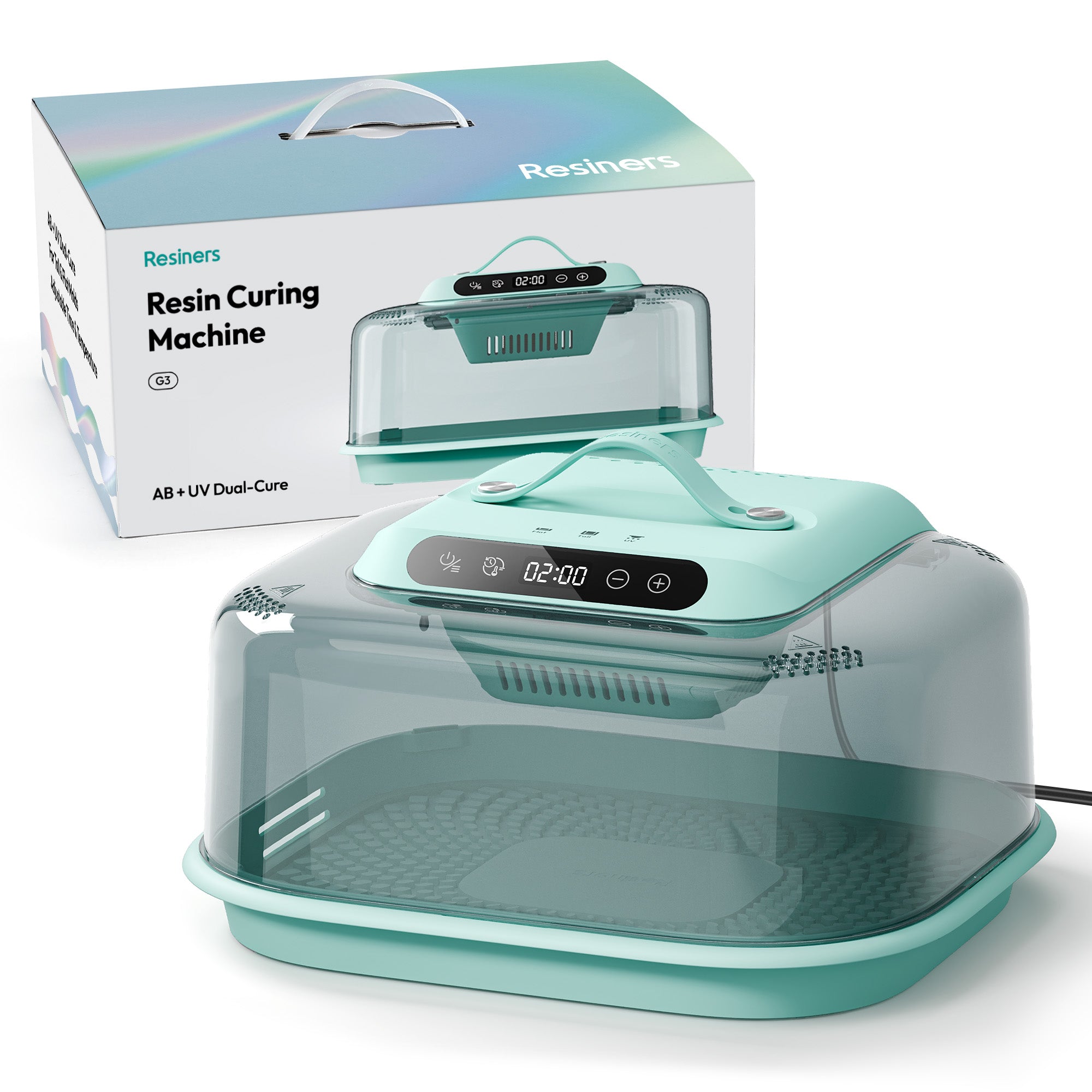
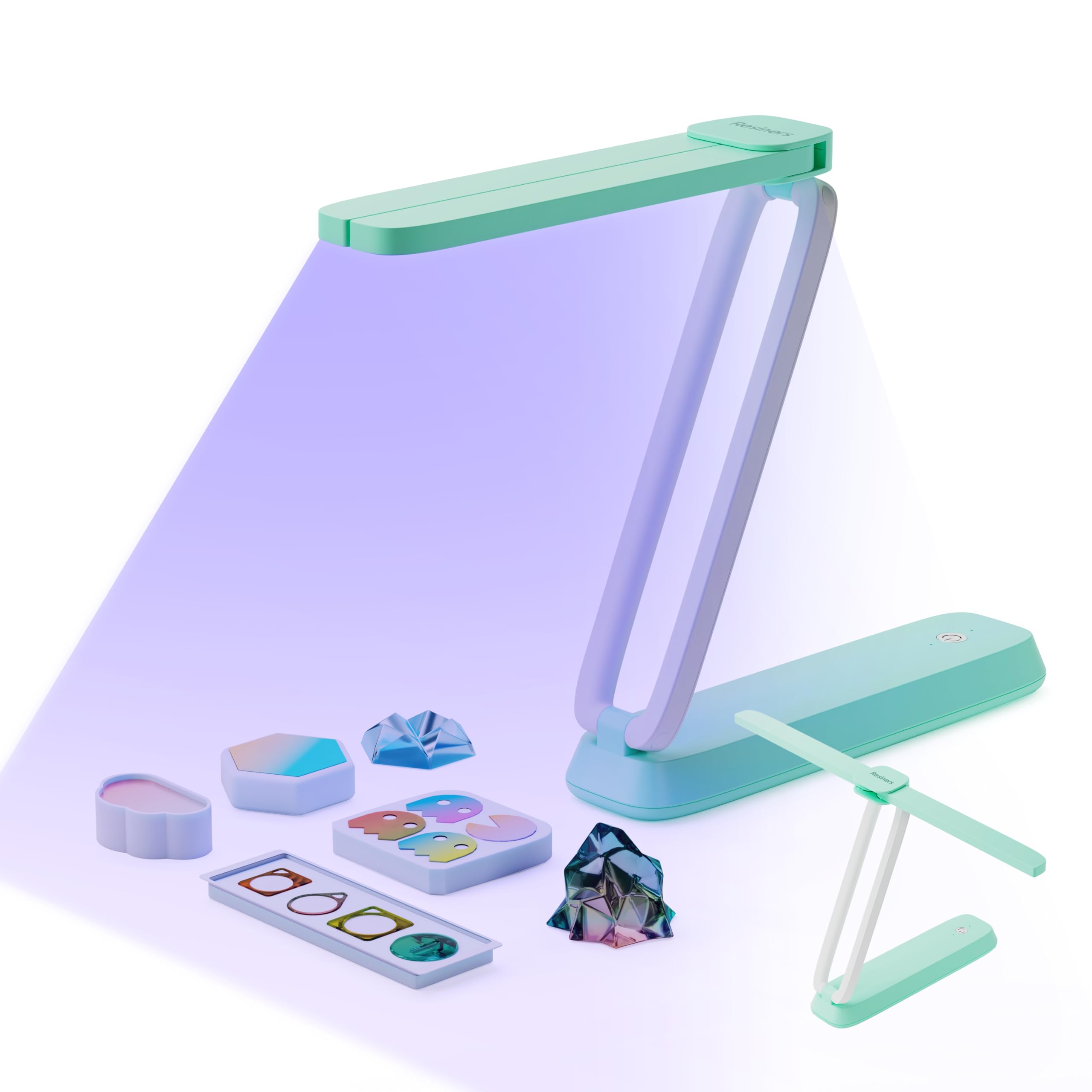
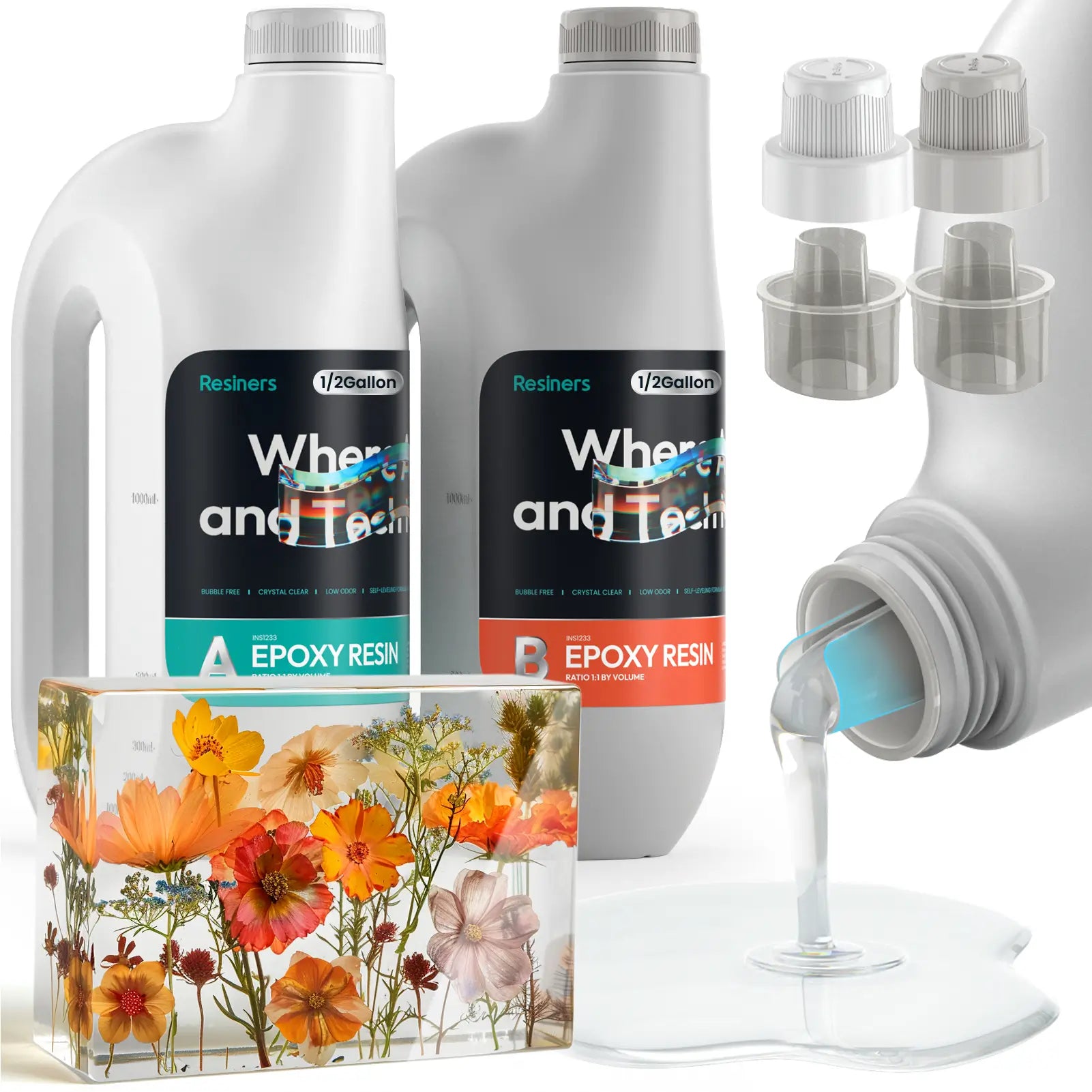
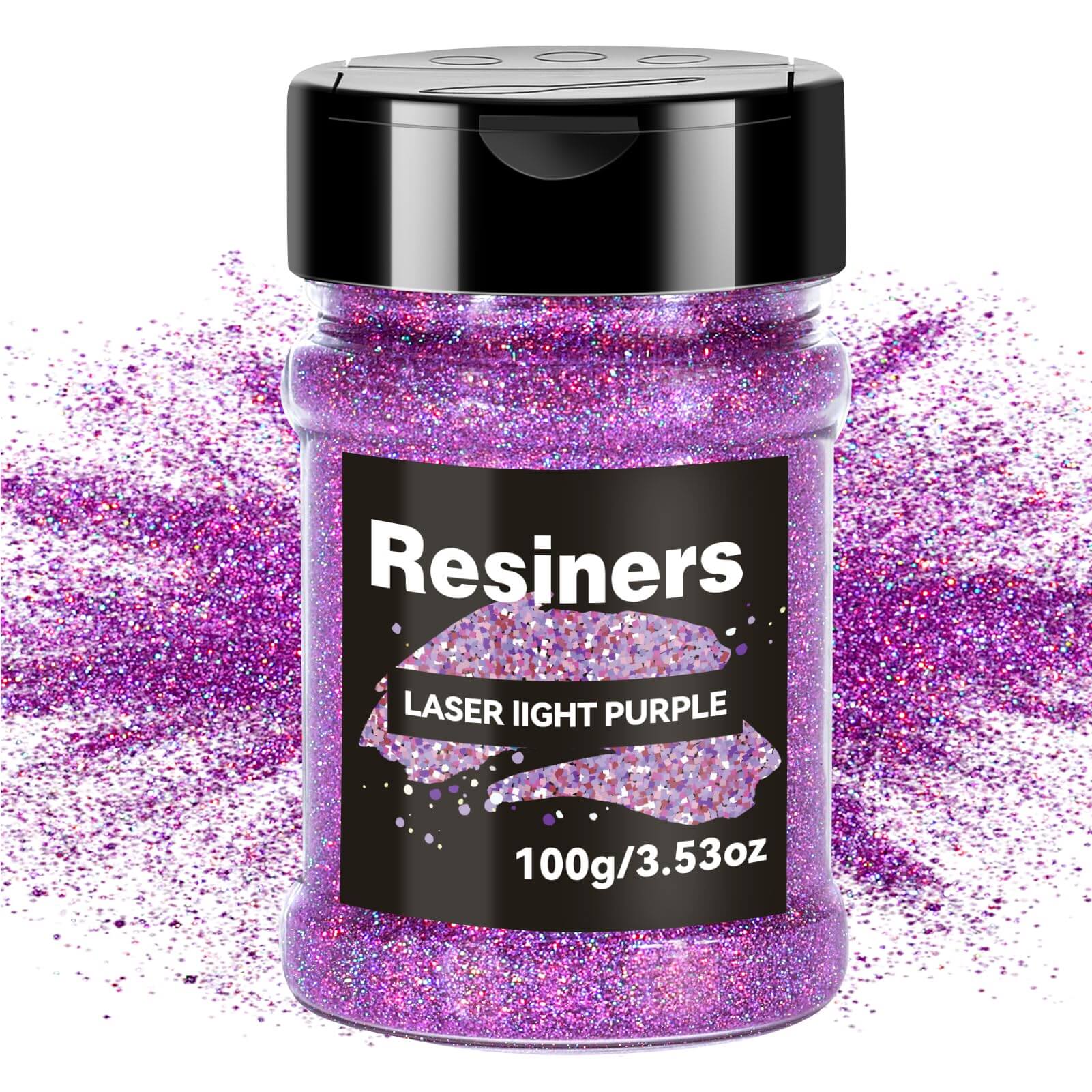
Leave a comment
This site is protected by hCaptcha and the hCaptcha Privacy Policy and Terms of Service apply.